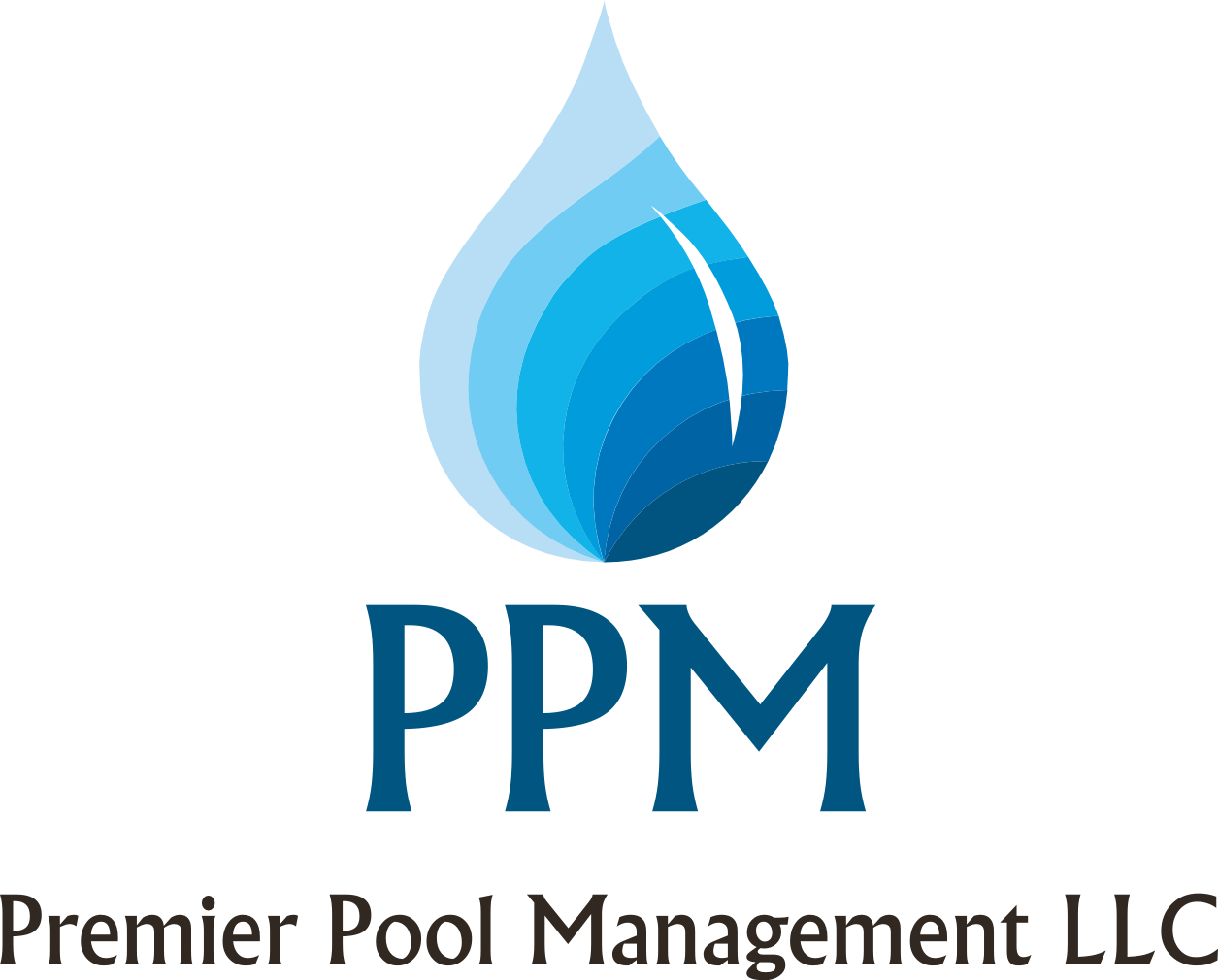Your summer pool is up and running, you have a month of operations under your belt – here are 5 tips to make sure you are set up to finish the summer strong!

1. If you are an outdoor pool using cyanuric acid (or a stabilized form for chlorine) – have you checked your stabilizer levels this summer yet? Stabilizer can be a very useful tool in managing chlorine loss from the sun’s UV rays during a hot summer, but letting your stabilizer concentration get too high in your pool creates a dangerous situation and reduces the efficacy of your chlorine. The PHTA recommends 30-50 ppm of cyanuric acid. Most states across the US have a codified maximum of 70-100 ppm. How do you get rid of cyanuric acid in your pool? You are probably looking at draining out some water and considering switching to a non-stabilized chlorine product if you have the correct feed equipment and health department approval to do so. Remember: NEVER mix different chemicals in a feeder, on deck, in a bucket, etc.
For more information on stabilizer, see our post To Stabilize or Not.
2. Have you trained staff on the necessary actions to be taken if there is a fecal incident at your pool? Ideally, these procedures are posted in the pump room and discussed at staff meetings. Diarrhea in the pool must always be treated per the CDC’s fecal response steps. Resist customer and management demands to shortcut the process or ignore the situation. As the operator, YOU are responsible for the safety of the swimmers. Stand your ground!
3. Do you have some chlorine neutralizer on hand at your pool in case you need it? All commercial pools (and service companies) should stock either sodium thiosulfate or sodium sulfite to assist in lowering your chlorine levels back down to a reasonable range in case you: 1) have a fecal incident that requires you to close and hyper-chlorinate your pool to 20 ppm for 12.75 hours (with a pH of 7.5 or lower of course), or if you were to have an overfeed situation.
4. Have you made the switch to a FAS-DPD test kit yet? This titration based test for chlorine or bromine is, in our opinion, far superior to the normal colormetric DPD test kit – and certainly better than test strips. The FAS-DPD test allows you to 1) get more specific results down to 0.2 ppm if needed, 2) it has a higher range than most colormetric tests, and it is 3) arguably, more accurate. It is not expensive and easy to use.
5. Believe it or not, now is the time to start thinking about winterizing your pool. Labor Day will be here before you know it. Do you have all of the necessary equipment and supplies to ensure that the winterization process goes smoothly? Is there anything that you need to change from last year? What maintenance work do you plan to perform this fall after the pool closes? Fall is a great time to replace all of your poly chemical feed tubing, rebuild chemical pumps, fix leaky chemical tanks, upgrade equipment, etc. Now is the time to start making these fall plans.
